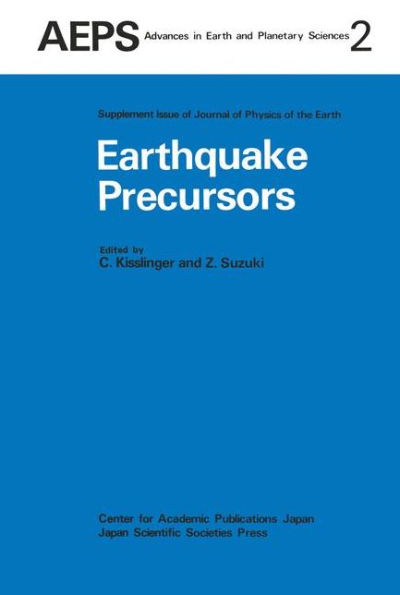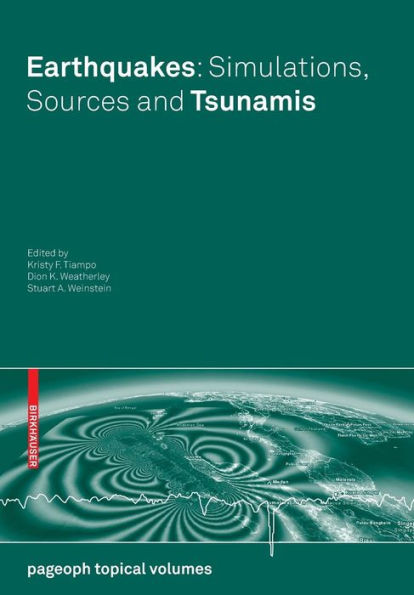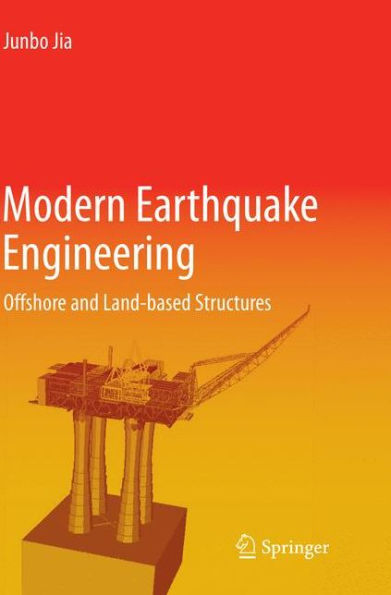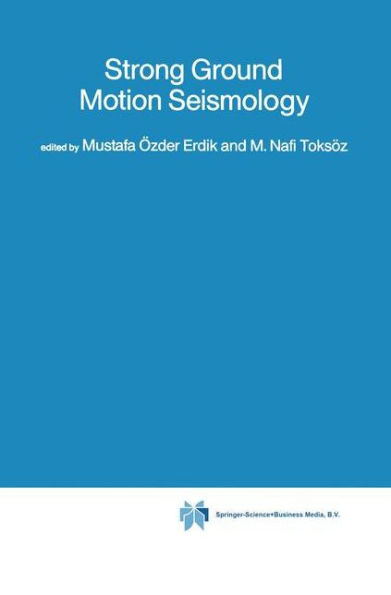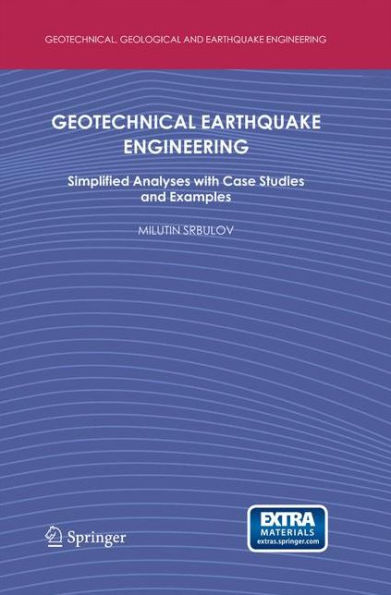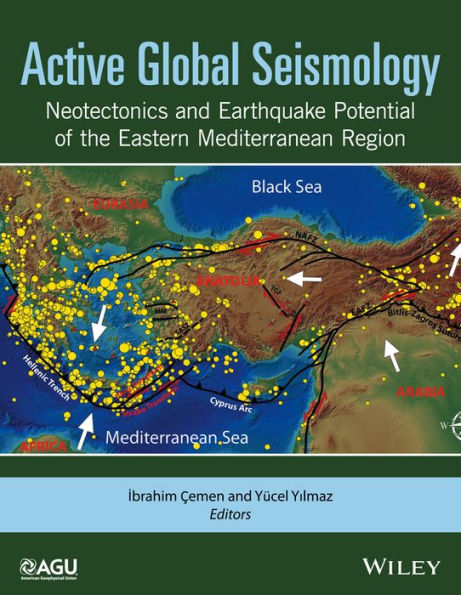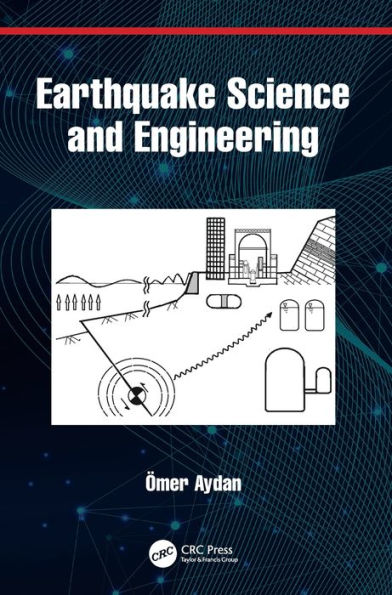Home
Identification of Seismic Sources - Earthquake or Underground Explosion: Proceedings of the NATO Advance Study Institute held at Voksen�sen, Oslo, Norway, September 8-18, 1980
Barnes and Noble
Identification of Seismic Sources - Earthquake or Underground Explosion: Proceedings of the NATO Advance Study Institute held at Voksen�sen, Oslo, Norway, September 8-18, 1980
Current price: $329.00
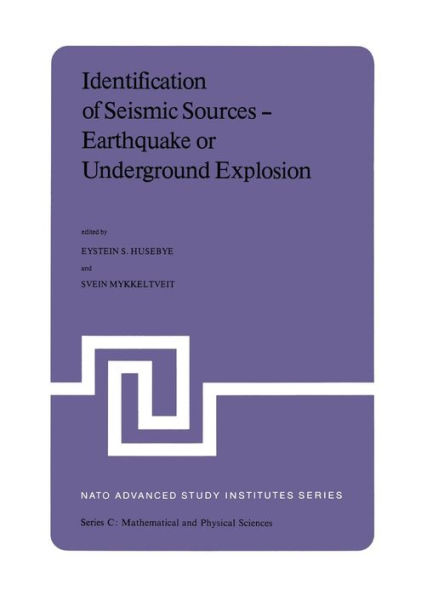

Barnes and Noble
Identification of Seismic Sources - Earthquake or Underground Explosion: Proceedings of the NATO Advance Study Institute held at Voksen�sen, Oslo, Norway, September 8-18, 1980
Current price: $329.00
Size: OS
Loading Inventory...
*Product information may vary - to confirm product availability, pricing, shipping and return information please contact Barnes and Noble
The subject of this NATO Advanced Study Institute was seismic monitoring under a nuclear test ban - an application of scienti fic knowledge and modern technology for a political purpose. The international political objective of a comprehensive nuclear test ban provided in turn the motivation for our technical and scientific discussions. In order to obtain a historical perspective on the progress of the work towards a comprehensive test-ban treaty (CTB), it is necessary to go back to 1958, when a confer ence of scientific experts in Geneva made the first steps toward an international seismic monitoring system. However, agreement on actual capabilities of a monitoring system for verifying compliance with such a treaty was not achieved, and thus the conference did not lead to immediate political results. After the Partial Test Ban Treaty of 1963, which banned nuclear explosions in the atmosphere, outer space and under the seas, renewed interest in the seismological verification of a CTB took place. A number of countries initiated large-scale research efforts toward detecting and identifying underground nuclear explosions, and it was in this context that the large aperture seismic arrays NORSAR and LASA were established. This type of development resulted in excellent seismic data in digital form and was thus of great irnprotance to the seismological com munity.

